Can anyone tell me complete steps install Ruby on Rails 4.2 on Windows (Windows 10)?
-
Are you sure you want to? From what I've heard Windows isn't that well supported. At any rate, the documentation should have steps for you if it's supported at all. – Matti Virkkunen Oct 18 '15 at 06:38
-
Windows is great once you get the dependencies working – Richard Peck Oct 18 '15 at 06:39
-
Seriously? You couldn't use google? http://railsinstaller.org/en There's even a video tutorial: https://www.youtube.com/watch?v=zLW9WAUOveE – Juan Fuentes Oct 18 '15 at 06:45
1 Answers
I don't know about Windows 10, but we have it working on Windows 7.
Here are the steps on how to do it:
- Install
Ruby- Install
RubyGems- Download & install
RailsthroughRubyGems- Install any third-party dependencies (
ImageMagick&MYSQL2can take some time)
Here are the specifics:
Installing Ruby is the most difficult part on Windows, mainly because you have to compile it before installing.
There are tools which have done this for you, including RubyInstaller and RailsInstaller:
If you're a total newbie, especially to compiling in Windows, you'll want to use one of the above. If you fancy the challenge, you could compile Ruby yourself with Makefile.
--
After you've got Ruby onto your system, you then need to get RubyGems. This should work pretty straightforwardly, although it may be the case that you'll have to play around with your system's settings to get it working properly.
Here is a good tutorial:
RubyGems is simply a way to connect Ruby with any of the "gem" depositories which are available. Gems are basically "plugins" / "libraries" / "dependencies" for your Ruby install, allowing you to call them in applications.
If you therefore want to install Rails, you need to be able to get RubyGems working.
After that, you'll be able to download and install Rails, which can be done as simply as typing gem install rails in your cmd.
--
After that, you'll be able to add extra dependencies to your system, such as ImageMagick or Mysql2 to get Rails working with external resources.
This is the really tricky part on Windows, as since it's built with MinGW32, many of the core components of Ruby/Rails have to be built independently.
Ubuntu/Mac are preferred OS's for many developers simply because they support most dependencies out of the box.
- 1
- 1
- 76,116
- 9
- 93
- 147


